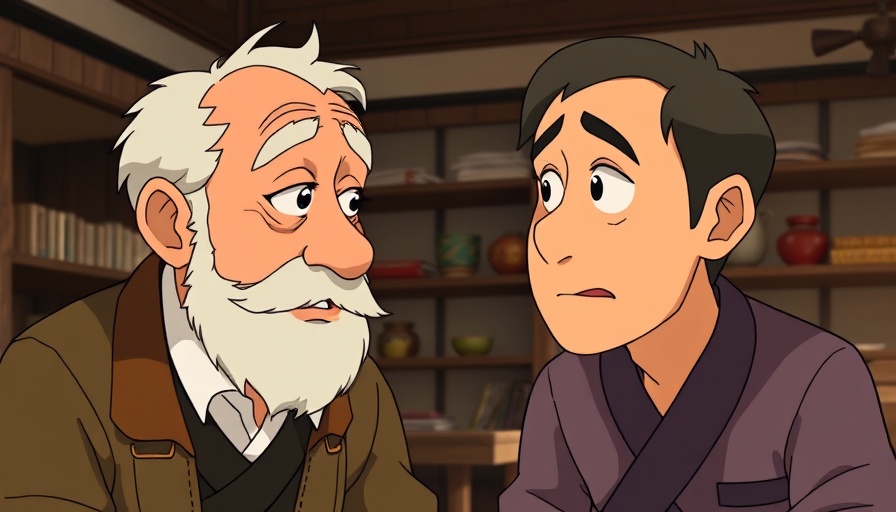
Understanding OpenAI's Dual Approach to Ghibli-Style Images
Recently, OpenAI’s new image-generation tool, 4o, raised eyebrows when it began producing illustrations inspired by the iconic style of Studio Ghibli. This capability stands in stark contrast to the limitations imposed by the older DALL-E 3 tool, which insisted on adhering to copyright standards by not generating similar images. This divergence has reignited the conversation surrounding copyright in the digital age, particularly concerning artistic styles and the legalities of using them.
What Changed in OpenAI's Content Policies?
OpenAI has stated that the refusal of the free version to produce Studio Ghibli-style images corresponds to an updated content policy protecting individual living artists. However, Studio Ghibli is a corporate entity, and thus, its broader artistic style seemingly falls into a different category. The spokesperson from OpenAI mentioned that while they ban images in the style of individual, living artists, broader studio styles can be permitted. This distinction leaves many questions unanswered about the legality and ethical implications of using established artistic styles within AI technology.
The Copyright Conundrum: Is It Fair?
The apparent discrepancy between the free and paid versions of ChatGPT can be perceived as a double standard. Users of the 4o tool can access a wealth of Ghibli-inspired visuals, while others are met with refusal, highlighting a concerning inconsistency in OpenAI’s approach. If the distinction between broader studio styles and individual artists has significant legal ramifications, it underscores the complexity of intellectual property rights in the age of AI. Are users aware of the risks involved in utilizing AI-generated images that may tread into copyright infringements? This ambiguity raises ethical issues that users must consider when exploring these new technologies.
Broader Implications of AI and Copyright
The conversations surrounding AI-generated art hold significant implications beyond just the Studio Ghibli predicament. As AI technology continues to progress and is increasingly integrated into creative processes, the ramifications for copyright law and artistic authenticity become crucial. The ability of AI to mimic styles raises critical concerns about original works and the ownership of creativity. If AI can generate art in the style of established artists, what protections exist for these creators to safeguard their unique styles from unregulated usage by technology?
Future Trends in AI Generative Tools
As seen with the introduction of OpenAI's 4o, advancements in generative AI tools will likely continue to blur the lines of creativity and copyright. Organizations like OpenAI may eventually face pressure to establish clearer guidelines regarding generating content that references or imitates existing artistic styles. This bifurcation reflects broader trends of digital innovation, where the balance between technological advancement and ethical responsibility is constantly in flux.
A Call to Action: Engaging with Technology
As AI technologies evolve, it is incumbent upon users and developers alike to engage critically with the tools at our disposal. Understanding the legal landscape surrounding copyrights and artistic styles becomes vital, particularly in a world increasingly reliant on AI-generated content. By fostering a dialogue about these issues, stakeholders can work together to navigate the complex relationship between innovation and intellectual property rights, ensuring a future that respects creativity while embracing technological advancements.
 Add Row
Add Row  Add
Add 




 Add Row
Add Row  Add
Add 

Write A Comment